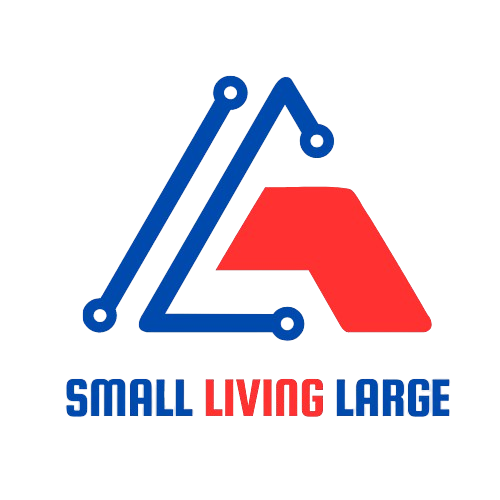Skills Matrix Implementation: Avoiding Common Pitfalls and Challenges
A skills matrix is an essential tool in modern organizational management, acting as a detailed blueprint that showcases the abilities, expertise, and competencies of employees within a company. Its purpose is to provide a clear, visual representation of the workforce’s skill set, which becomes invaluable for managers and leaders when assessing team capabilities, identifying skill gaps, and making informed decisions about resource allocation. By mapping out each employee’s skills and proficiencies, businesses can create a more strategic and effective approach to talent management, development, and planning.
Picture a grid or table where employee names are listed along one axis, and various skills—ranging from technical proficiencies, leadership qualities, and soft skills to specialized expertise—are displayed along the other axis. Each intersecting cell on this grid indicates the level of proficiency an employee has in a particular skill, often graded from basic knowledge to expert level. This straightforward structure allows organizations to quickly assess who has the required skills for specific projects, roles, or tasks. For instance, if a project requires expertise in a programming language, the skills matrix can immediately identify which team members possess that skill and at what proficiency level, ensuring that the right people are assigned to the task.
Beyond its utility in task allocation, the Skills Matrix is a powerful tool for employee development. By providing a holistic view of the organization’s skill set, it allows leaders to identify gaps where training or development is needed. For example, if the matrix reveals a lack of proficiency in a critical area like data analysis or digital marketing across the team, the company can implement targeted training programs to address these deficiencies. This not only upskills employees but also aligns their development with the company’s strategic objectives. Employees benefit from the opportunity to grow, while the company gains a more capable and adaptable workforce.
The skills matrix also plays a crucial role in talent and succession planning. As organizations grow and evolve, they must be prepared for changes in team structure, whether through promotions, departures, or new hires. Having a comprehensive understanding of each team member’s skills ensures that the company can plan for the future effectively. For example, when a senior leader is preparing to retire or move to a different role, the matrix can highlight potential successors within the team who possess the required skills and have the potential for growth. This proactive approach minimizes disruptions, ensuring continuity and stability in the organization’s operations.
Moreover, the skills matrix supports diversity and inclusion efforts within organizations. By analyzing the skills and demographics represented within the matrix, businesses can identify whether there are imbalances or underrepresented groups in certain roles or areas of expertise. This information helps guide recruitment efforts to attract a more diverse talent pool and develop a workforce that reflects a variety of perspectives and experiences. Furthermore, it ensures that all employees have equal access to training and development opportunities, promoting an inclusive environment where everyone can thrive.
In the modern era, where agility and adaptability are critical for organizational success, the skills matrix serves as a dynamic and evolving tool. It is not a static document but one that evolves alongside the workforce, continually updated as employees gain new skills, certifications, or experiences. This adaptability ensures that the company remains agile, ready to pivot in response to market demands or technological changes. By keeping the matrix current, leaders have the most accurate and up-to-date information needed to make quick, data-driven decisions, especially in fast-moving industries.
In summary, a skills matrix is much more than a list of employee skills. It is a strategic asset that provides a comprehensive overview of organizational capabilities while guiding decisions around development, planning, and diversity efforts. By leveraging the insights it offers, organizations can build stronger, more resilient, and versatile teams, ready to meet the challenges of today’s dynamic business environment. It bridges the gap between employee aspirations and company needs, ensuring that talent development is aligned with long-term organizational goals while fostering a culture of continuous growth and adaptability.
